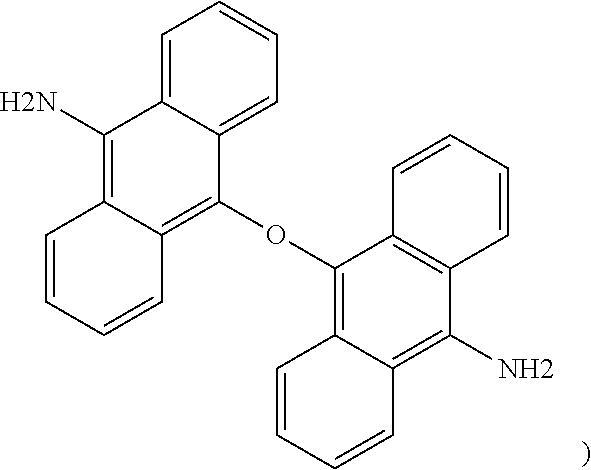Ultramicro circuit board based on ultrathin adhesiveless flexible carbon-based material and preparation method thereof
a technology of adhesiveless flexible carbon-based materials and ultrathin adhesives, which is applied in the direction of dielectric characteristics, thermoplastic polymer dielectrics, conductive material removal by irradiation, etc., can solve the problems of high challenges in traditional pcb and fpc industries, generate circuit fusing risks, etc., and achieve good thermal and electrical conductivity, good heat resistance, and large specific heat
- Summary
- Abstract
- Description
- Claims
- Application Information
AI Technical Summary
Benefits of technology
Problems solved by technology
Method used
Image
Examples
example 1
[0093]Raw Materials:
[0094]3,3′,4,4′-biphenyltetracarboxylic dianhydride
[0095]m-phenylenediamine
[0096]nitrogen (carrier gas / purge gas)
[0097]quantum carbon-based films (thickness: 20 μm)
[0098]water vapor
[0099]Instrument:
[0100]CVD vapor deposition apparatus (Finland)
[0101]PEO601 RTA rapid thermal annealing furnace (Germany)
[0102]Preparation Steps:
[0103]S1: performing argon plasma modification treatment on the surface of the quantum carbon-based film, comprising the steps of:
[0104](1) placing the quantum carbon-based film in acetone solution or anhydrous ethanol, cleaning with ultrasonic waves, and then vacuum drying in a vacuum drying box;
[0105](2) performing argon plasma treatment after the treatment is finished, the plasma treatment power is 70 W, the working pressure 70 Pa, and the treatment time is 15 min; and
[0106](3) After performing surface modification of the quantum carbon-based film by plasma, the surface of the quantum carbon-based film is grafted by a chemical treatment met...
example 2
[0115]The difference from Example 1 is: this is a CVD vapor deposition of PI prepared from monomer raw materials 2,3,3′,4′-diphenyl ether tetracarboxylic dianhydride and 3,3′-diaminodiphenyl ether on the surface of quantum carbon-based film, the deposition cycle and the reaction conditions are as follows: 2,3,3′,4′-diphenyl ether tetracarboxylic dianhydride gas pulses (deposition temperature: 170° C., pulse time: 3.0 s)—N2 (purging time: 1.5-3.0 s)—3, 3′-diaminodiphenyl ether gas pulse (deposition temperature: 150° C., pulse time: 2.0 s)—N2 (purging time: 1.5-3.0 s). The rest is the same as in Example 1.
example 3
[0116]The difference from Example 1 is: this is a CVD deposition of PI prepared from monomer raw materials 2,3,3′,4′-diphenyl ether tetracarboxylic dianhydride and 3,3′-diaminediphenyl sulfone on the surface of quantum carbon-based film, the deposition cycle and the reaction conditions are as follows: 3,3′,4,4-diphenyl ether tetracarboxylic dianhydride gas pulses (deposition temperature: 141° C., pulse time: 3.0 s)—N2 (purging time: 1.5-3.0 s) —3,3′-diaminediphenyl sulfone gas pulse (deposition temperature: 100° C., pulse time: 2.0 s)—N2 (purging time: 1.5-3.0 s). The rest is the same as in Example 1.
PUM
| Property | Measurement | Unit |
|---|---|---|
| particle size | aaaaa | aaaaa |
| particle size | aaaaa | aaaaa |
| temperature | aaaaa | aaaaa |
Abstract
Description
Claims
Application Information
 Login to View More
Login to View More - R&D
- Intellectual Property
- Life Sciences
- Materials
- Tech Scout
- Unparalleled Data Quality
- Higher Quality Content
- 60% Fewer Hallucinations
Browse by: Latest US Patents, China's latest patents, Technical Efficacy Thesaurus, Application Domain, Technology Topic, Popular Technical Reports.
© 2025 PatSnap. All rights reserved.Legal|Privacy policy|Modern Slavery Act Transparency Statement|Sitemap|About US| Contact US: help@patsnap.com

